Stretching from Pakistan in the west through the Himalayan Kingdoms of Nepal and Bhutan to Bangladesh in the east, and south to the island nation of Sri Lanka, the Indian Sub-Continent is the most densely populated region in the world with a huge diversity of peoples, languages, religions and geography.
The Far East is a wonderful fusion of modern and ancient cultures, fantastic cuisine, tropical beaches and superb shopping. From the Great Wall of China to the palaces of Bangkok, these dynamic countries are rich in contrast and colour – oriental splendour!
Discover the exceptional variety of history, culture and adventure in these vibrant and colourful lands.
India
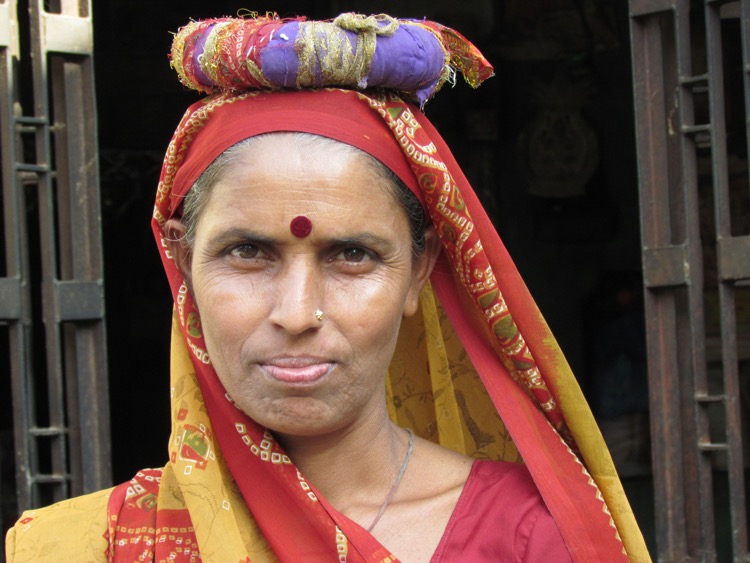
The Golden Triangle of Delhi, Agra for the Taj Mahal and Jaipur is often the starting point for visits to India, but there is so much more!
Rajasthan is a desert landscape broken by the gorgeous bright colours of turbans and saris, and staying in small hotels and homestays (many of which are owned by maharajahs or relatives of the royal families of Rajasthan) can make your stay so personal and enjoyable. To the north of Delhi, the Punjab is called the bread basket of India because of its fertile farmlands, and the main city of Amritsar is famous for the beautiful Golden Temple. Himachal Pradesh is mostly known for Dharamshala, the residence of His Holiness the Dalai Lama, in the foothills of the Himalayas, and Shimla, a former summer capital in the days of the Raj. Gujarat was the birthplace of Gandhi, and a visit to Ahmedabad would not be complete without a visit to his former home. Unique wildlife here includes India’s only population of Asiatic lions. The Rann of Kutch, a vast empty expanse of salt flats is the world’s last refuge of the Indian wild ass, as well as being an ecologically important area for many local and migratory waterbirds. Kerala, the ‘Land of the Coconut’ is a lush state in the south west growing rice, ginger, tea, coffee and spices.
The landscape is diverse and beautiful – from the extensive network of waterways near the coast to the hills of the Western Ghats in the east. Tamil Nadu has fabulous temples. Karnataka has many UNESCO World Heritage sites. The central Indian state of Madhya Pradesh has wonderful wildlife, with great chances of seeing tigers. West Bengal is a diverse and relaxed state where you can visit the colonial city of Kolkata, enjoy wildlife in the Sunderbans, and visit the hill station of Darjeeling. Assam, in the north east, is famous for its tea plantations, tribal peoples and wonderful orchids. Kaziranga and its population of one horned rhinos must be one of the most magical National Parks in India.
India: you will never forget the colours, landscapes, spices, scenery and people.
Nepal
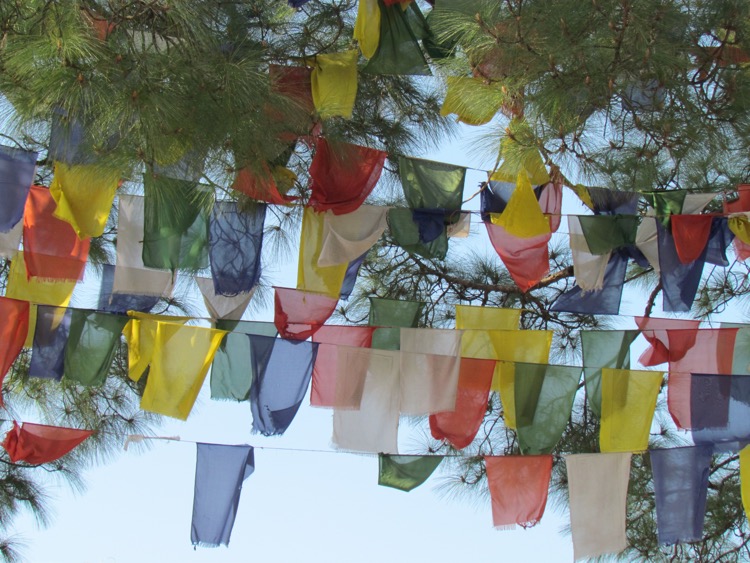
Nepal is a land of high snowy peaks and Sherpas, yaks and yetis, monasteries and mantras. With outstanding natural scenery and stunning temples and monuments, it is also the birthplace of the Buddha and home to the Gurkhas. Wildlife is also abundant, particularly in the Chitwan National Park which in 1973 was the first national park in Nepal, established to preserve a unique ecosystem. Escape the hustle and bustle of Kathmandu for the countryside of gentle hospitable people, valleys and views of the Himalayas.
Sri Lanka
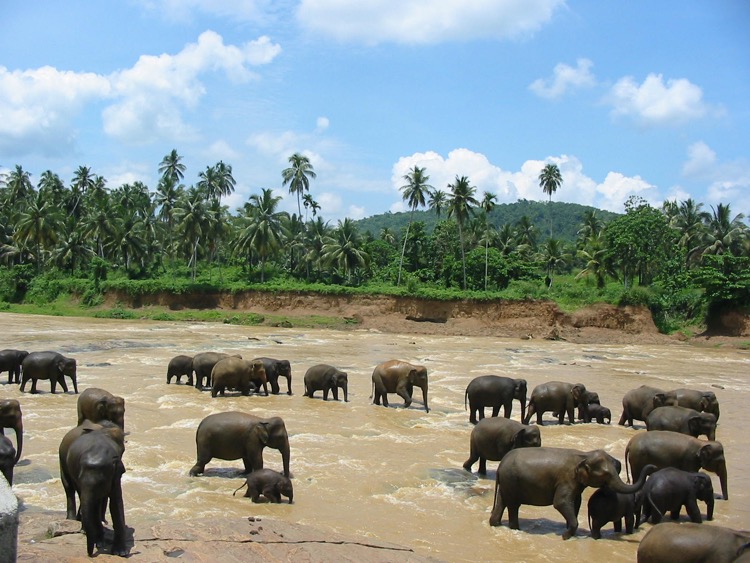
Sri Lanka is a small teardrop shaped island off the south east coast of India known as the Pearl of the Orient. With seven UNESCO World Heritage sites, wonderful diversity of plant and animal life, lush tea plantations, ancient culture and magnificent beaches, it is perfect for a cultural and relaxing holiday.
It is famous for its ancient Buddhist ruins, including the citadel of Sigiriya, with its palace and frescoes, the Caves of Dambulla, Polonnaruwa and the Temple of the Tooth in Kandy. Sri Lanka’s cuisine reflects its history as a maritime hub and cultural melting pot.
Bhutan

Bhutan is a remote, mysterious, exhilarating place to visit. The Land of the Thunder Dragon is a Buddhist Kingdom on the eastern edge of the Himalayas, and has maintained its independence throughout the centuries, repelling invasions from the strongholds of its fortified monasteries, or “dzongs”. The stunning landscape ranges from high Himalayan peaks and steep valleys to subtropical plains. Taktsang Palphug (Tiger’s Nest) monastery, a sacred site, clings to cliffs above the forested Paro Valley.
Thailand
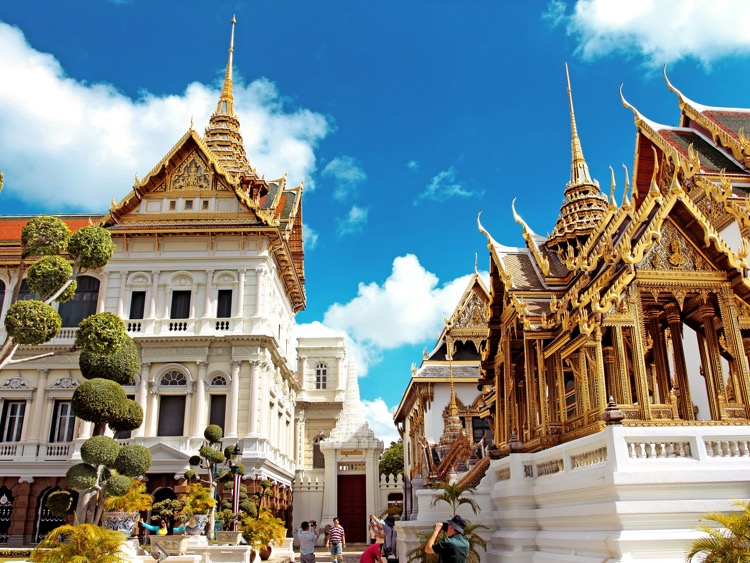
Thailand is known as the Land of Smiles thanks to the welcoming nature of the Thai people, and attracts many visitors each year to the country’s gorgeous beaches, countryside, glorious temples (wats), shrines and monasteries and wonderful food. Its capital, Bangkok, is a frenetic city with gilded temples and palaces; but along the Chao Phraya River and the quiet klongs (canals) you will see a more traditional way of life. Chiang Mai is the capital of northern Thailand and is famous for its ethnic hill-tribes, mountainous jungles and traditional handicrafts, Phuket and the islands south of Bangkok are legendary for their beaches.
Cambodia
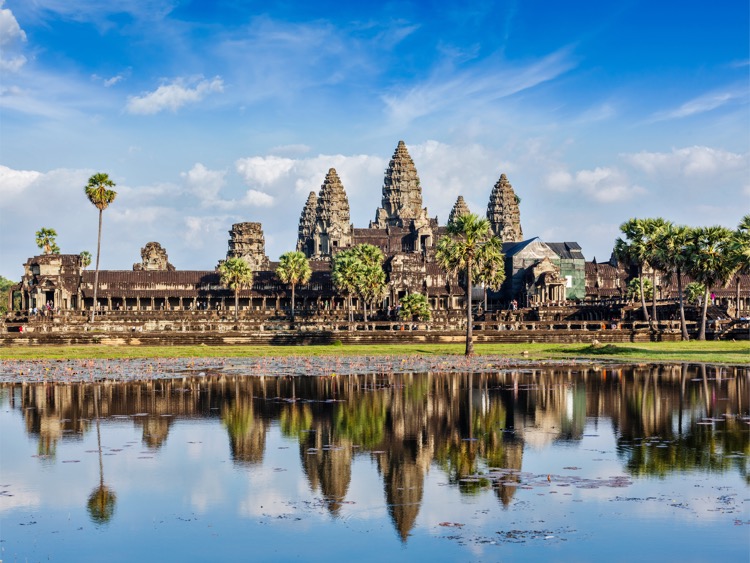
Cambodia’s landscape spans low-lying plains, the Mekong Delta, mountains and Gulf of Thailand coastline. Sightseeing is centred around the capital Phnom Penh and the famous temple site of Angkor Wat in Siem Reap. In Phnom Penh wide boulevards and riverfront promenades are reminders of bygone eras. See Cambodia’s royal heritage by visiting the Royal Palace, the Silver Pagoda also known as the Pagoda of the Emerald Buddha, and the National Museum, which contains a large collection of Khmer art. Just outside Phnom Penh, in a peaceful rural setting, the Killing Fields of Choeung Ek provide a stark reminder of the atrocities under the Pol Pot regime. Angkor Wat in Siem Reap is the national symbol and the highlight of any visit to Cambodia. The largest, best preserved, and most religiously significant of the Angkor temples, Angkor impresses visitors both by its sheer scale and beautifully proportioned layout, as well as the delicate artistry of its carvings.
Vietnam
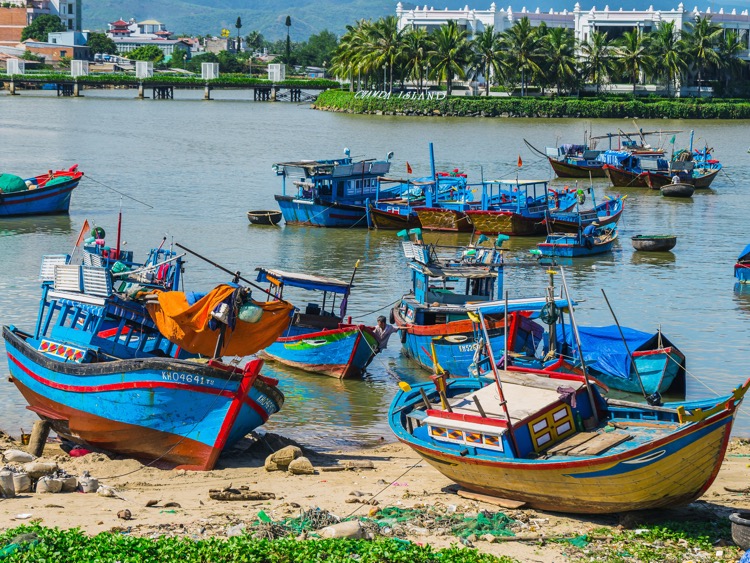
Vietnam on the South China Sea is known for its beaches, rivers, Buddhist pagodas and bustling cities. The capital Hanoi, has many beautiful lakes, parks, tree-lined boulevards and monuments give the city an air of elegance. Halong Bay is known for its emerald waters and hundreds of limestone islands topped by rainforests. Hoi An was declared a UNESCO World Heritage Site in 1999. Its colourful shop houses and temples reflect a diverse heritage dating back to the 16th Century when Hoi An was a major port for Western, Chinese and Japanese traders. Ho Chi Minh City (Saigon) teems with energy and activity. Nearby are the Cu Chi Tunnels giving the visitor a unique experience and a feel of what underground life was like during the U.S.-Vietnam War.

